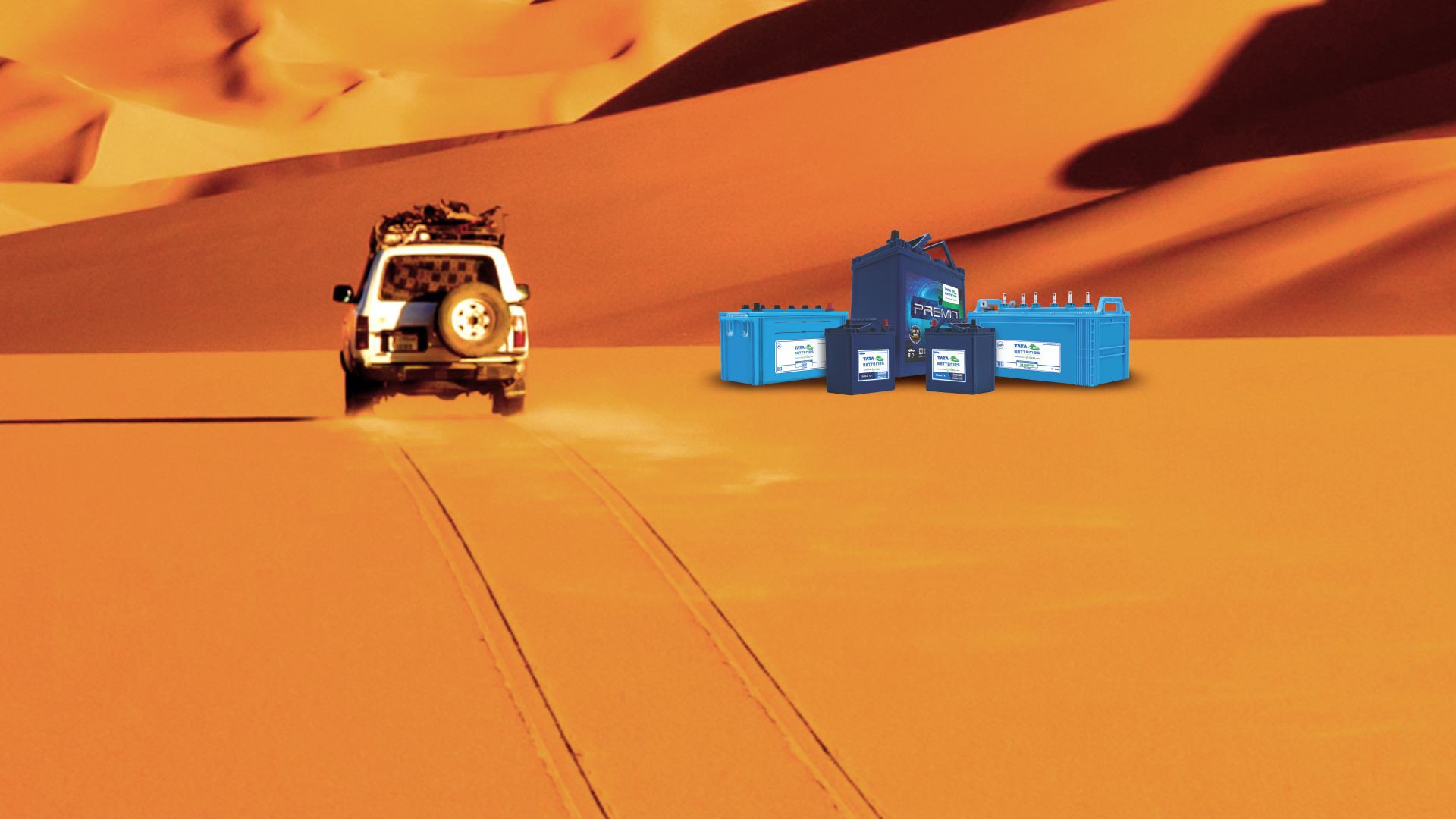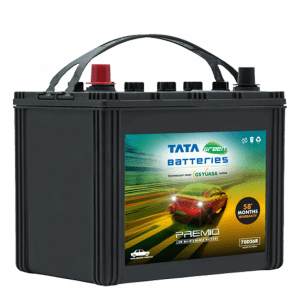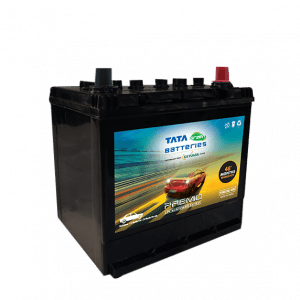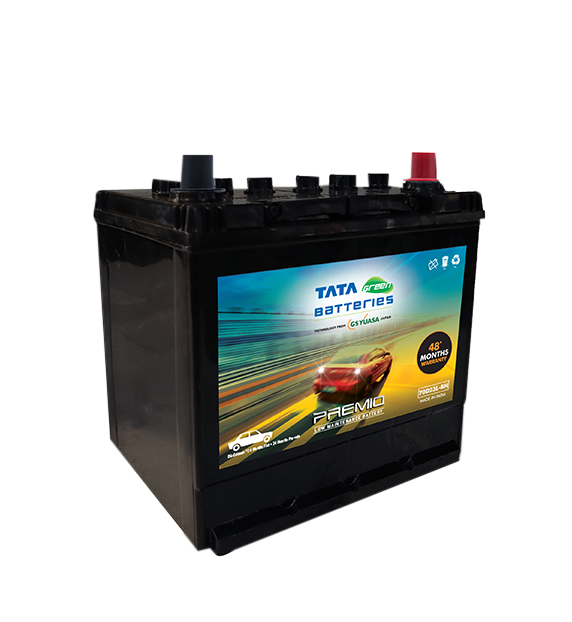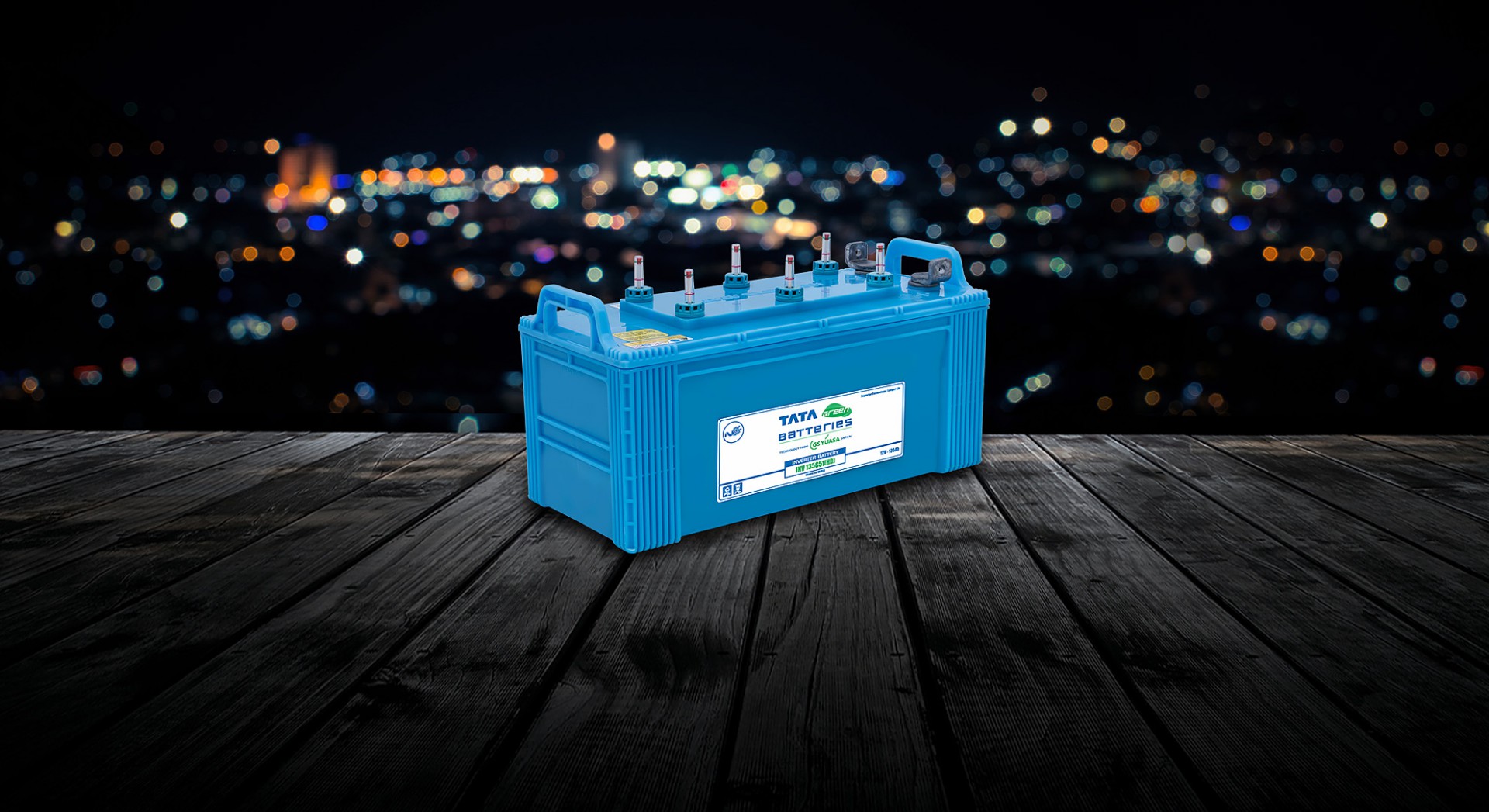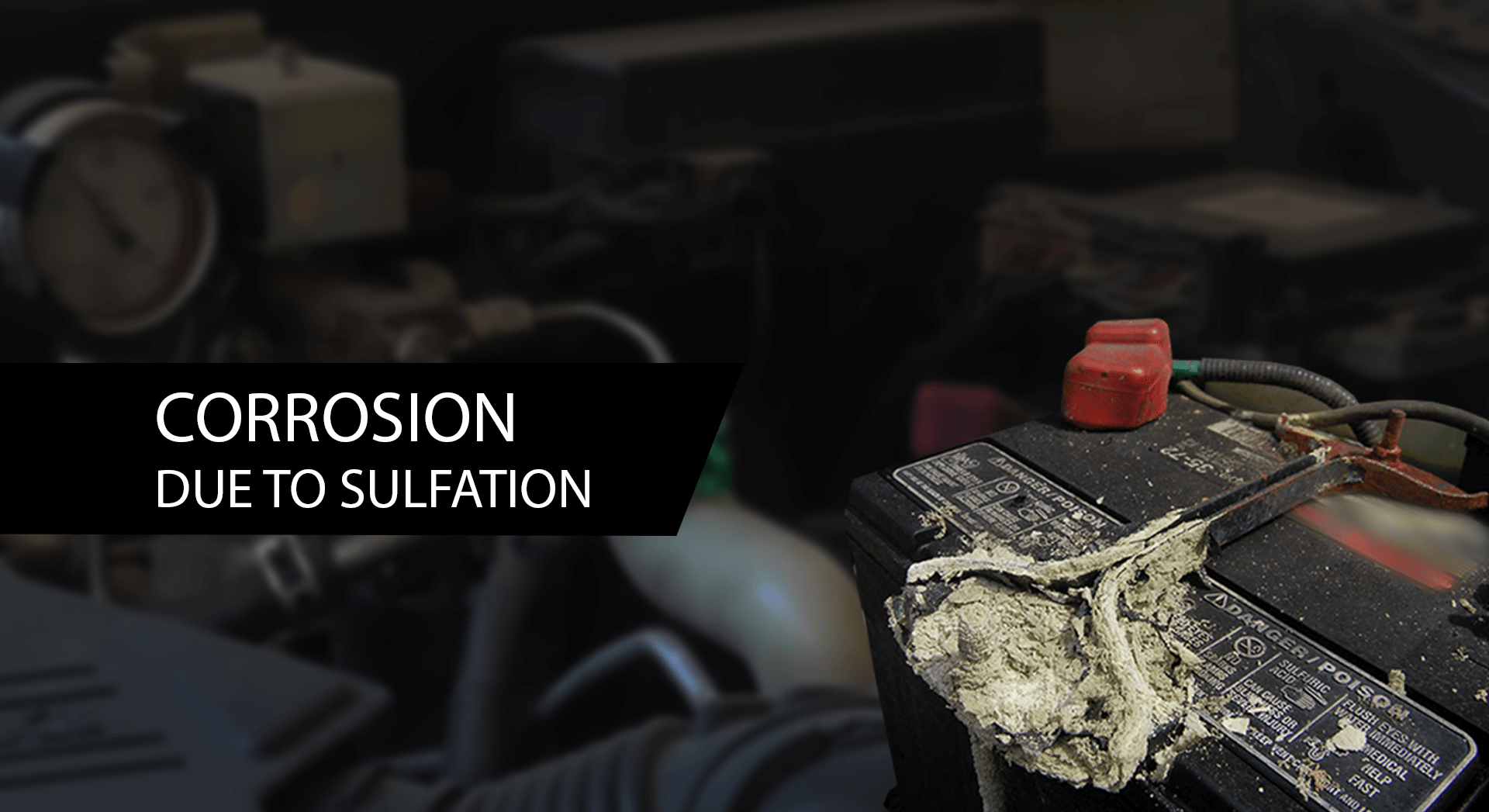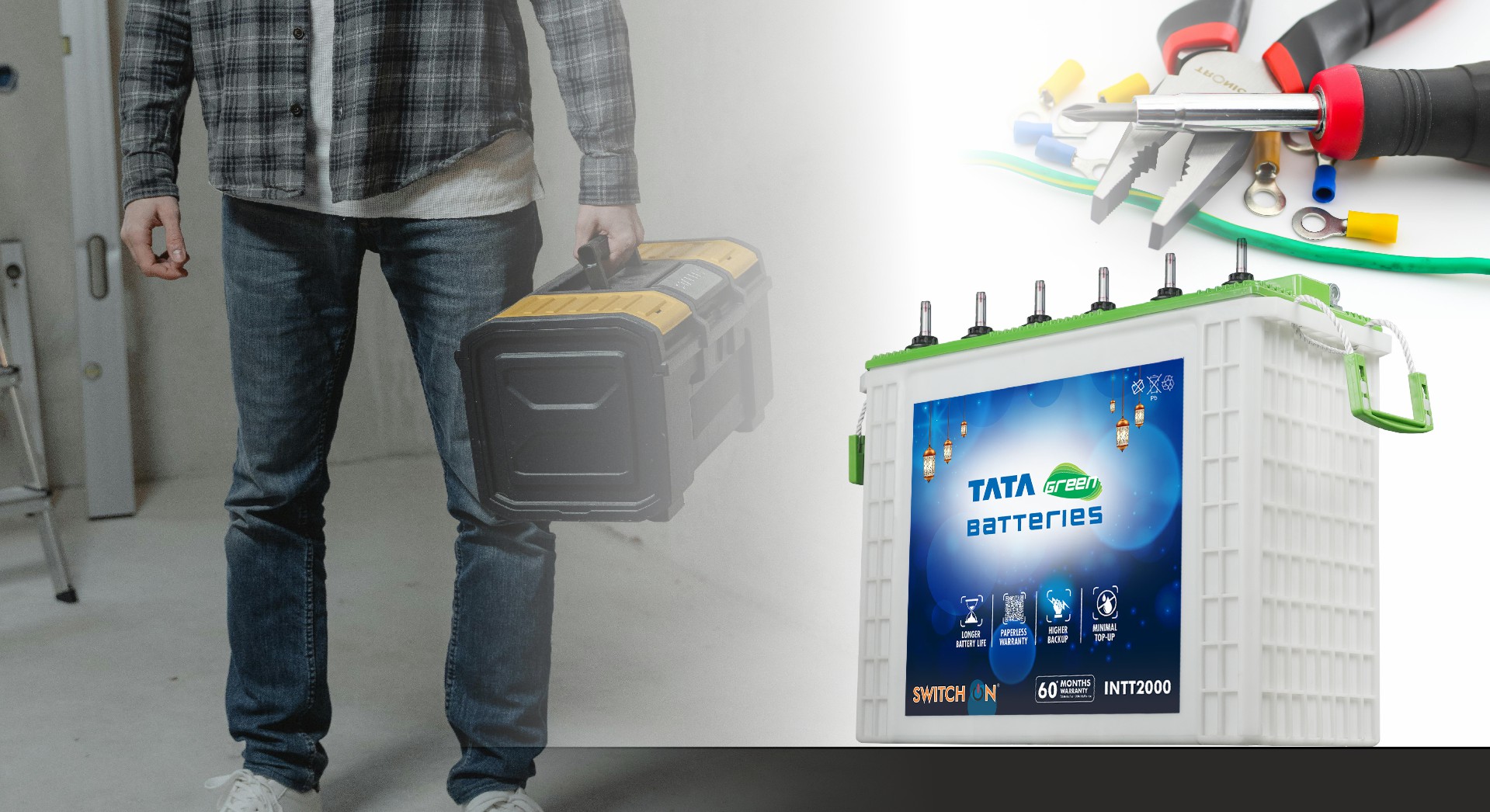An overheating engine is one of the most alarming things a driver can experience. One moment, you’re cruising along just fine the next you see steam billowing from under the hood or a warning light flashing on your dashboard. But panicking won’t help, knowing exactly what to do and what not to do can save your engine and your wallet.
Here’s your guide to spotting the signs, responding the right way, avoiding costly mistakes and preventing engine overheating in the first place.
Signs Your Engine Is Overheating
Your engine doesn’t just overheat out of nowhere, your car gives you some warning. Here are the key signs to watch for:
- Temperature gauge spikes into the red zone
- Warning lights on the dashboard (usually a thermometer icon or the word “TEMP”)
- Steam or smoke coming from the hood
- Unusual smells like sweet syrup (coolant) or burning oil
- Loss of engine power or sluggish acceleration
- Loud ticking or knocking noises from the engine
What to Do When Your Engine Overheats
If your temperature gauge is climbing or steam is coming out of the hood, don’t ignore it. Take these steps immediately:
-
Turn Off the A/C and Turn On the Heater
It sounds backwards, but turning on the heater helps pull heat away from the engine and into the cabin. It won’t fix the issue but it might lower the temperature enough to prevent further damage while you find a safe place to stop.
-
Pull Over Safely and Shut Off the Engine
Don’t try to push through to your destination. As soon as it’s safe, pull over and turn off the engine. This prevents further heat buildup and potential engine failure.
-
Pop the Hood (Carefully)
Let the heat escape, but don’t open the radiator cap it can shoot out boiling coolant and cause severe burns. Wait until the engine cools completely before touching anything.
-
Check Coolant Levels
Once the engine has cooled (this can take 30 minutes or more) check your coolant level. If it’s low and you have coolant or water, top it off and start the engine. If the temperature stays stable, drive slowly to a service center.
-
Call for Roadside Assistance
If you don’t have coolant or the engine keeps overheating, don’t risk driving further. Call a tow truck or roadside service to get your vehicle safely to a mechanic.
What Not to Do When Your Car Engine Overheats
Your reaction can make the problem better or much worse. Avoid these common mistakes:
Don’t Keep Driving
Even if the engine still “feels” okay, driving with an overheating engine can warp cylinder heads, crack the engine block and destroy internal components. It’s not worth the risk.
Don’t Open the Radiator Cap While Hot
This is one of the most dangerous things you can do. Pressurised coolant can spray out at over 100°C causing serious burns. Always wait until the engine is completely cool.
Don’t Pour Cold Water on a Hot Engine
It might sound like a quick fix but pouring cold water onto a hot engine can cause metal parts to crack due to rapid temperature change. Always let the engine cool naturally.
Don’t Ignore It “Just This Once”
Overheating isn’t a one-off inconvenience it’s a sign something’s wrong. Whether it’s a coolant leak, broken thermostat or failing radiator get it checked immediately.
Why Engines Overheat
Understanding the root causes helps you prevent overheating in the future. Common reasons include:
- Low coolant levels (due to leaks or poor maintenance)
- Broken thermostat, which can prevent coolant from circulating properly
- Radiator issues, like clogs or fan failure
- Water pump failure, preventing proper coolant flow
- Leaky hoses or burst seals
- Overworked engines, especially in hot weather or while towing heavy loads
Routine maintenance can catch most of these issues before they leave you stranded.
How to Prevent an Overheated Car Engine
Prevention is always better than repair. Follow these steps to keep your engine running cool:
Check Coolant Levels Regularly
Pop the hood every few weeks or before a long trip to check coolant levels. Always top off with the correct type of coolant recommended by your vehicle’s manufacturer.
Inspect Radiator Hoses
Look for cracks, bulges or leaks. A worn hose can burst without warning, draining your coolant in seconds.
Get Routine Cooling System Flushes
Coolant breaks down over time and loses its effectiveness. Flush and replace it every 2–3 years or as recommended in your vehicle’s maintenance schedule.
Monitor Temperature Gauges
If your engine consistently runs hot, even slightly, get it checked. Catching a minor issue early can save you thousands in repair costs later.
Replace Faulty Thermostats and Water Pumps
These components don’t last forever. A thermostat stuck closed or a weak water pump can cause rapid overheating.
Final Thoughts
An overheating engine isn’t something to take lightly. Whether it’s due to low coolant, a busted thermostat or a failing radiator fan, the damage can escalate fast if you don’t act quickly and correctly.
Know the signs, stay calm and respond smartly and above all, don’t ignore your vehicle’s cry for help—because the cost of attention is small but the cost of neglect can be huge.
Call your nearby Tata Green Battery authorised mechanic or dealer in case you are not sure about the issue with your car or if you need to replace to a reliable and durable battery.





